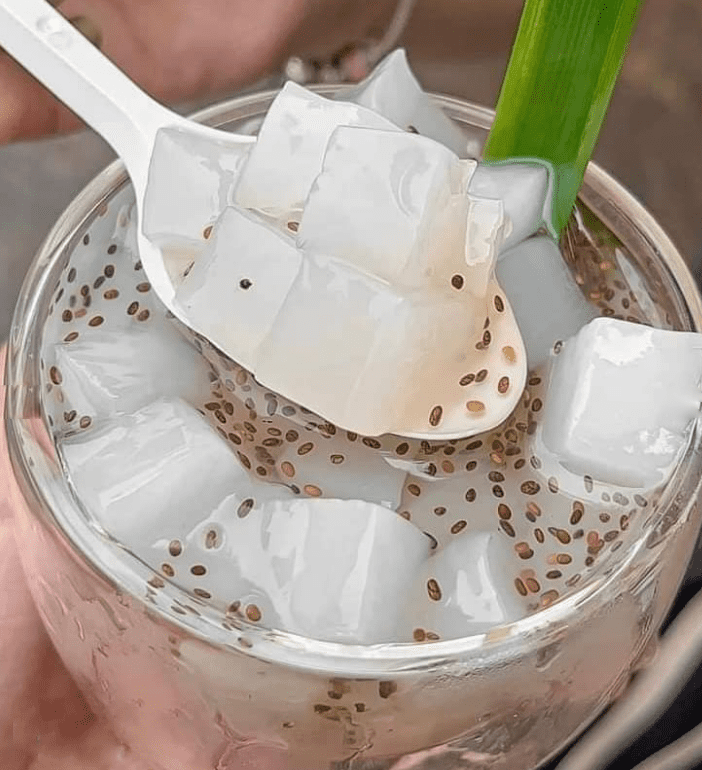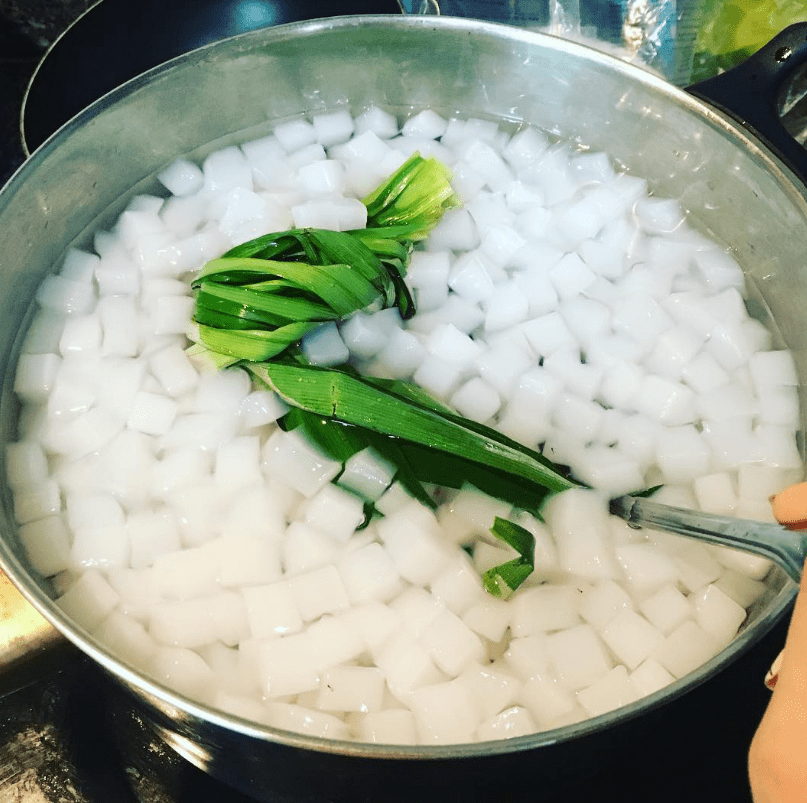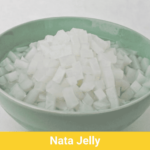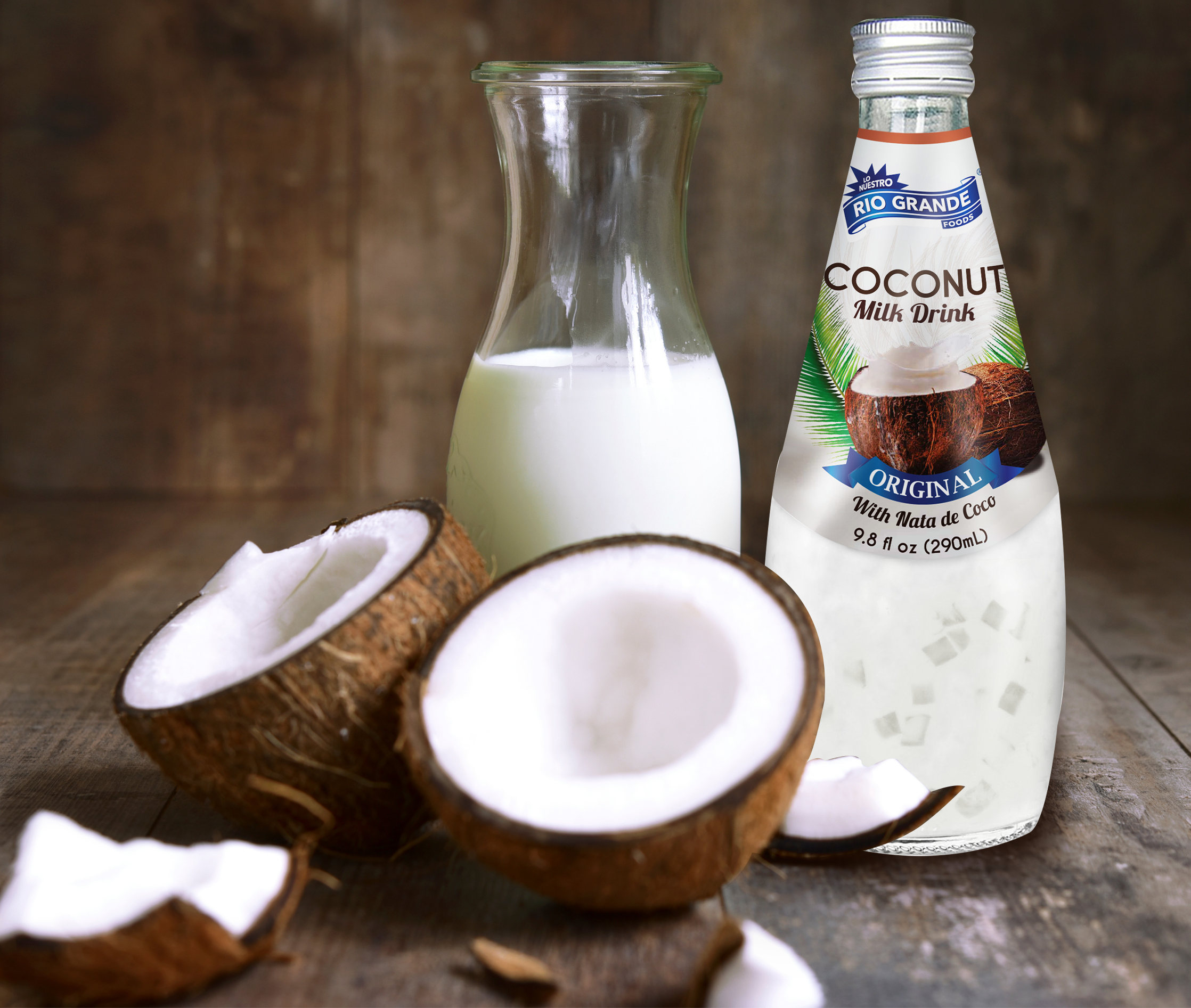Nata Jelly, also known as nata de coco, is a delightful treat that captivates taste buds with its unique texture and refreshing flavor. Originating from the Philippines, this translucent jelly-like dessert is made from fermented coconut water, creating a delicate and chewy consistency that is both satisfying and addictive.
As you take a bite, the jelly gently dances on your tongue, releasing a subtly sweet and tangy taste that invigorates the senses. Nata Jelly is not only a delectable dessert but also a versatile ingredient, often used in various culinary creations, such as fruit salads, ice creams, and bubble teas.
With its irresistible combination of texture and taste, Nata Jelly has become a beloved treat around the world, offering a delightful and exotic experience for all dessert enthusiasts.
What is nata de coco?
“Nata de coco” is a term used in Filipino cuisine, and it refers to a chewy, translucent dessert made from coconut water. In English, “nata de coco” translates to “coconut gel”.
What does nata jelly taste like?
Nata Jelly has a subtly sweet and tangy taste, with a refreshing and delicate flavor that is unique to its fermented coconut water origin.

What is nata jelly made of?
Nata Jelly is made from fermented coconut water, which undergoes a fermentation process to form a translucent, jelly-like texture.
Is nata jelly healthy?
Nata Jelly can be considered a relatively healthy dessert option. It is low in calories and fat, making it a good choice for those watching their weight. Additionally, it is a good source of dietary fiber and contains some essential minerals. However, it is important to consume it in moderation as it may contain added sugars or be served with high-calorie accompaniments.
Does nata jelly have gelatin?
No, Nata Jelly does not contain gelatin. It is made from fermented coconut water, so it does not require the use of gelatin as a thickening agent.

How To Make Nata Jelly?

Satisfy your curiosity about Nata Jelly and Nata de Coco. Discover its tantalizing taste, unique ingredients, health benefits, where to buy, and enjoy refreshing Nata de Coco drinks.
- 1.50 kg of fresh grated coconut
- 1.88 cups of glacial acetic acid
- 4.50 cups of refined sugar
- 3.00 cups of coconut water or coconut juice
- 18.00 liters of tap water
- 3.00 liters of nata starter
Mix grated coconut with water in a bowl. Strain the mixture using a cheesecloth to separate the coconut water.
Add the glacial acetic acid, refined sugar, coconut water or coconut juice, and nata starter to the strained mixture. Mix well.
Pour the mixture into clean and sterile fermenting basins or jars, ensuring a depth of about 2 inches.
Cover the basins or jars and let the mixture ferment for 12 to 14 days in a cool and dry place.
Once fermented, harvest the nata jelly and wash it thoroughly.
Cut the nata jelly into cubes or your desired size.
Soak the nata jelly in several changes of water to remove any remaining acidic taste or smell.
Once the nata jelly is free from any acidic taste or smell, it is ready to be enjoyed.
The fermentation process is crucial for the formation of nata jelly. Make sure to follow proper hygiene practices during preparation and use clean utensils and containers to avoid contamination.
Some nata de coco drink
Mogu Mogu Juice with Nata De Coco – Available in flavors like blackcurrant, grape, lychee, passion fruit, peach, pina colada, pink guava, and yogurt.

Kuii Nata de Coco – Offers flavors such as banana, coffee, dragon fruit, mango, and melon.

Rio Grande Coconut Milk Drink with Nata de Coco – Provides authentic flavors like original, mango, pineapple, soursop, and strawberry.

More jelly desserts
FAQs
Where to buy nata jelly?
- Walmart Supercenter
- Walmart Neighborhood Market
- Asian grocery stores or international food markets
- Online retailers like Amazon or Asian food specialty websites
Is nata jelly lychee?
No, Nata Jelly is not lychee-flavored by default. Nata Jelly is a translucent jelly-like dessert made from fermented coconut water. It has a subtly sweet and tangy taste, but it does not have a specific lychee flavor unless it is intentionally flavored with lychee. Nata Jelly can be found in various flavors, but the base version does not have a lychee flavor.
Is nata de coco good for losing weight?
Nata de coco can be a good addition to a weight loss diet due to its low calorie and fat content. It is also a good source of dietary fiber, which can help promote satiety and control hunger. However, it’s important to consume it in moderation as it may still contain added sugars.
Can you swallow nata de coco?
Yes, nata de coco can be swallowed. It has a gelatinous texture that is easily chewed and swallowed. However, some people may prefer to chew it slightly before swallowing to fully enjoy its unique texture and taste.
How do you eat nata de coco jelly?
To eat nata de coco jelly, you can follow these steps:
- Open the container or package of nata de coco jelly.
- Use a spoon to scoop out the desired amount of nata de coco jelly.
- You can enjoy it as it is, or you can incorporate it into various dishes and desserts.
- Nata de coco jelly can be added to fruit salads, ice creams, bubble teas, or enjoyed on its own as a refreshing treat.
- Simply put the jelly in your mouth and savor its unique texture and flavor.
- Chew it slightly, or you can choose to swallow it directly if preferred.
Can I eat nata de coco everyday?
Eating nata de coco every day in excessive amounts may contribute to an increased intake of sugars and calories, which can have negative effects on your health.
Is nata de coco a probiotic?
Nata de coco is not inherently a probiotic. Probiotics are live microorganisms that provide health benefits when consumed in adequate amounts. While nata de coco is made through a fermentation process, it does not necessarily contain live bacteria that qualify it as a probiotic.
Conclusion
Coconut jelly or nata jelly is not a very common food. That’s why most of us don’t know much about this. But after reading this, you must get enough information to help you with this. If you can differentiate this from other, you get a good lesson from this discussion.
That was all for today, we hope you find enough info about this special jelly that is a completely unique and new drink for you. You may read our other discussions on food from our new but growing pedia. Thanks for reading from us.